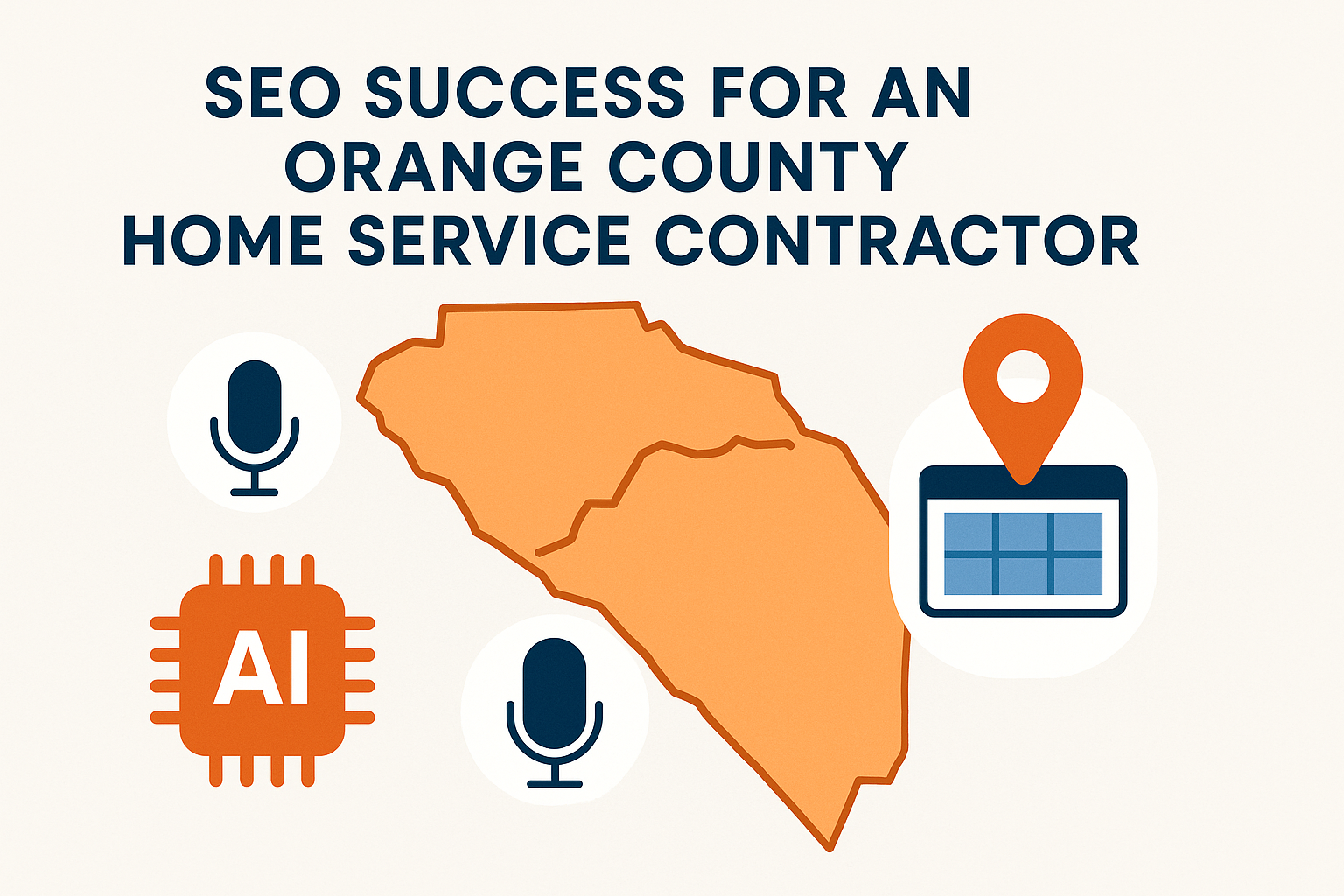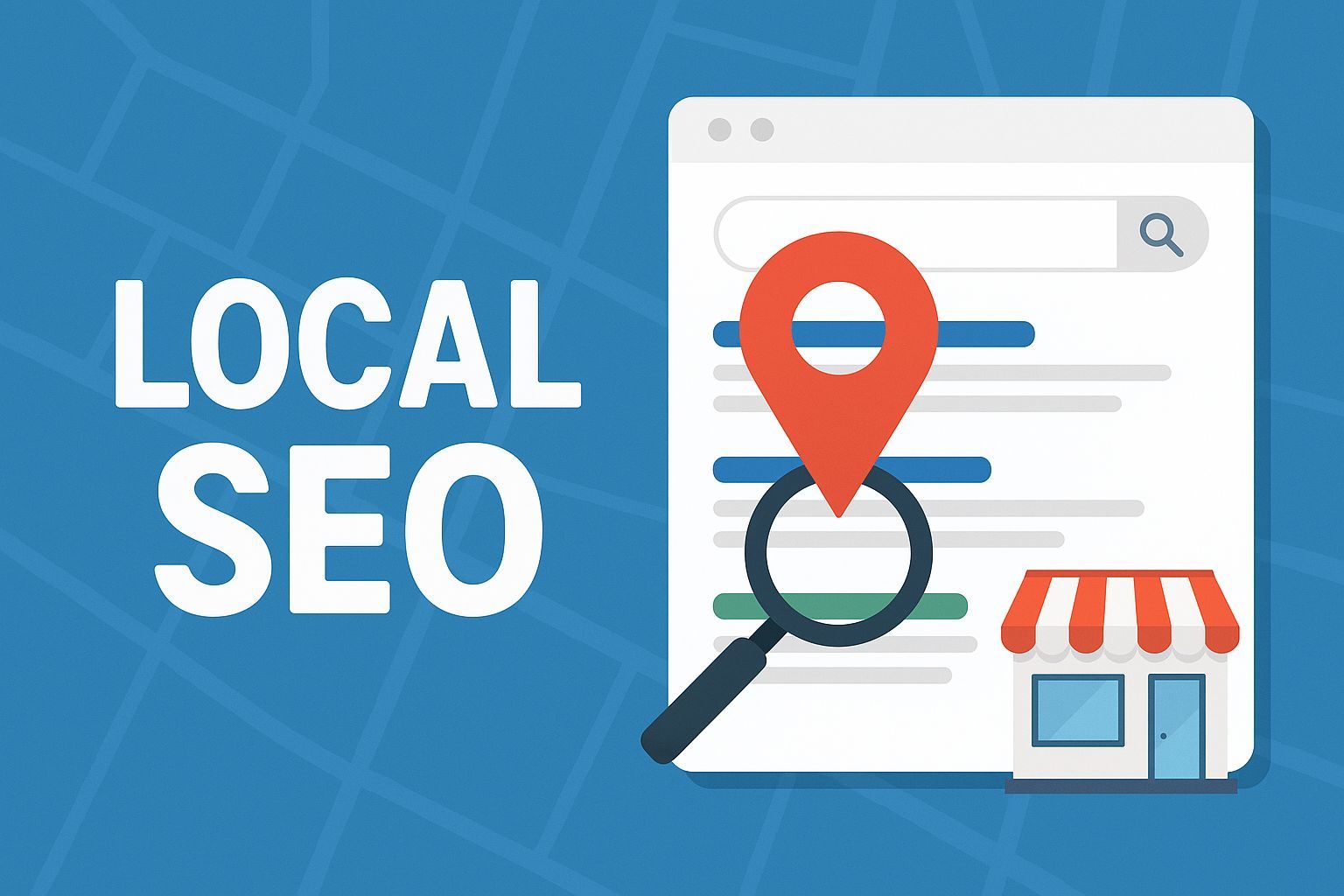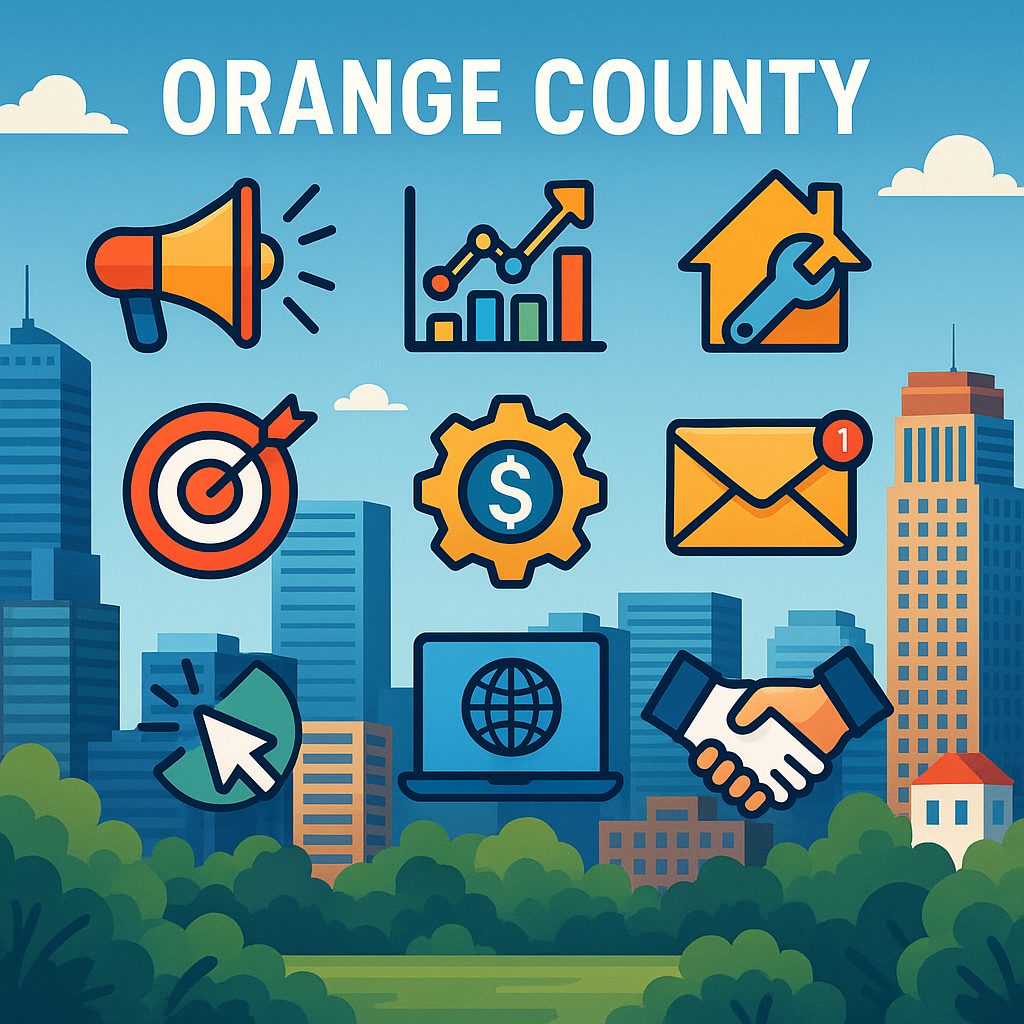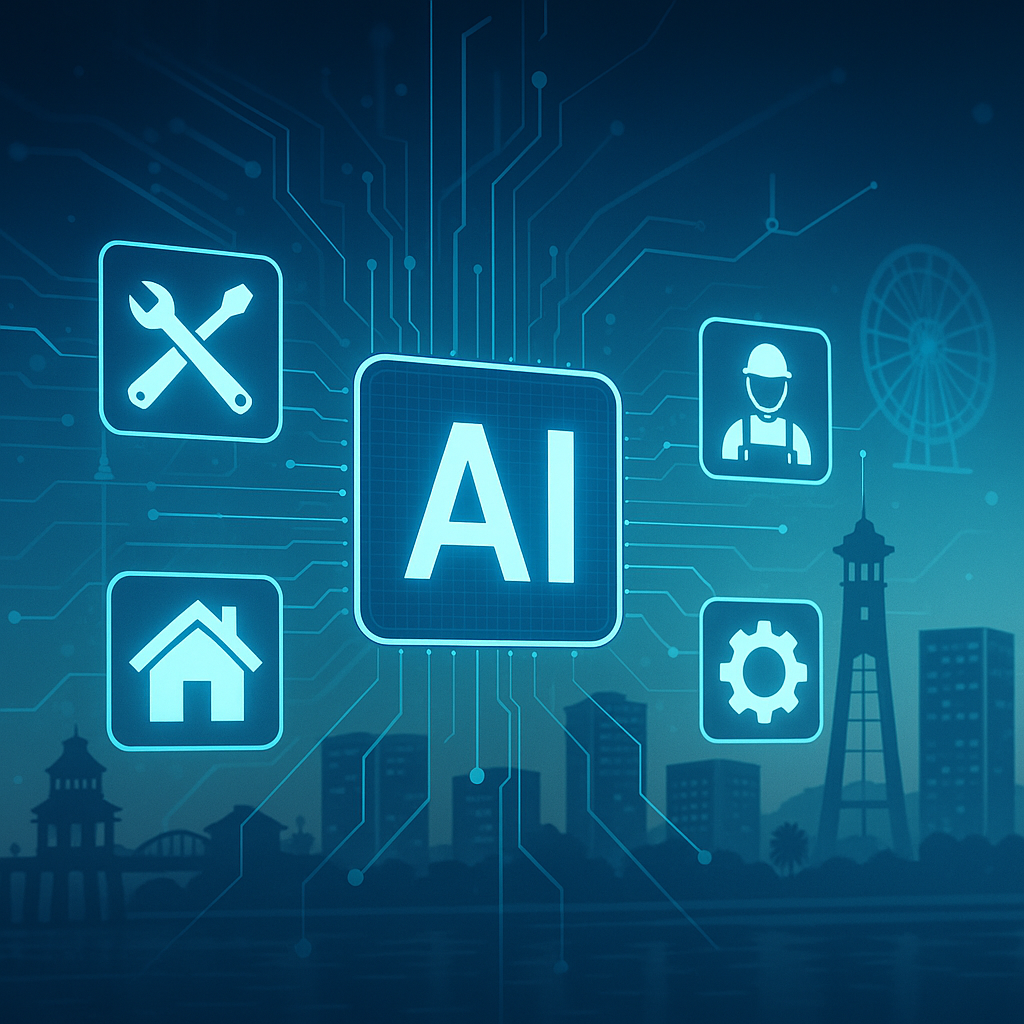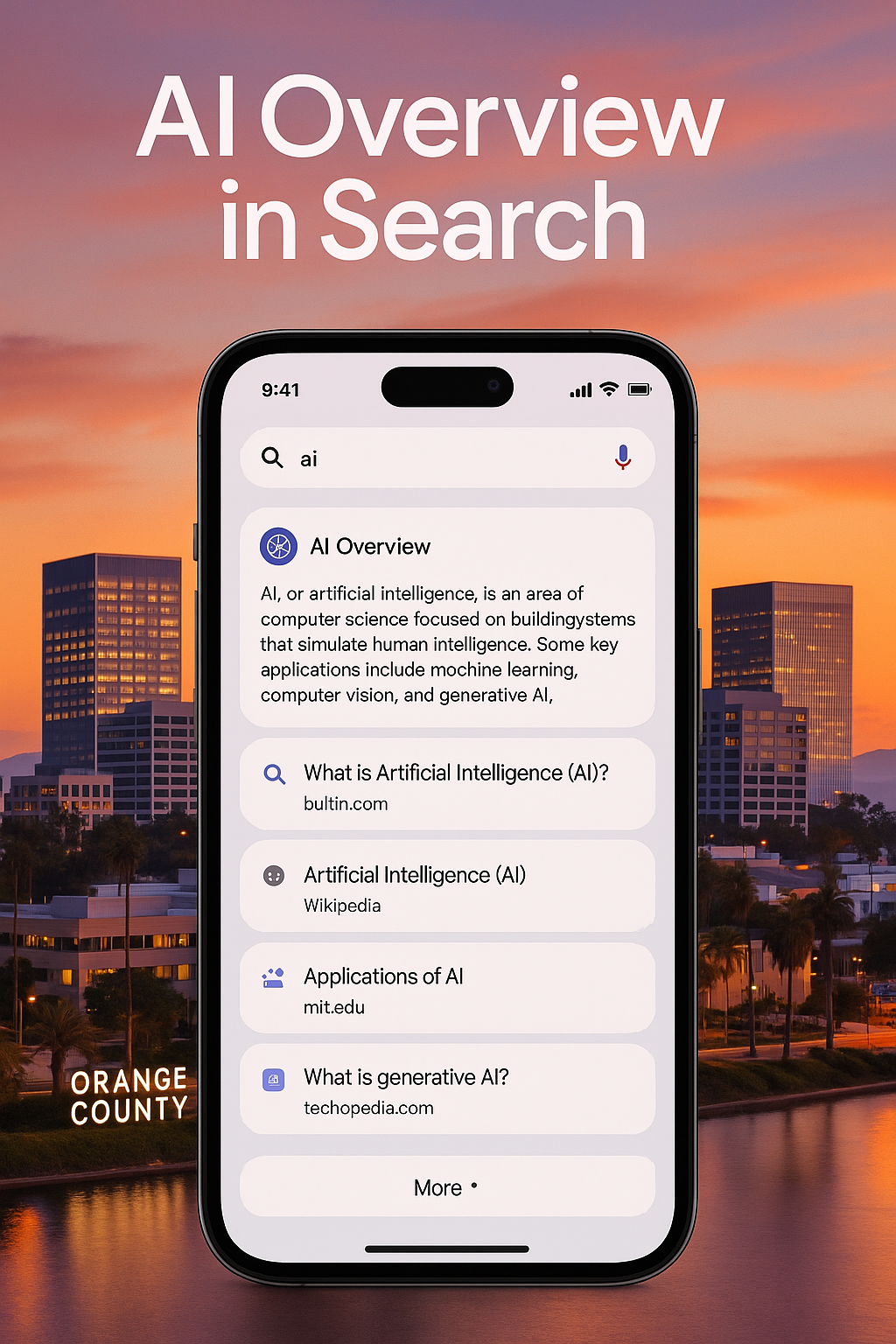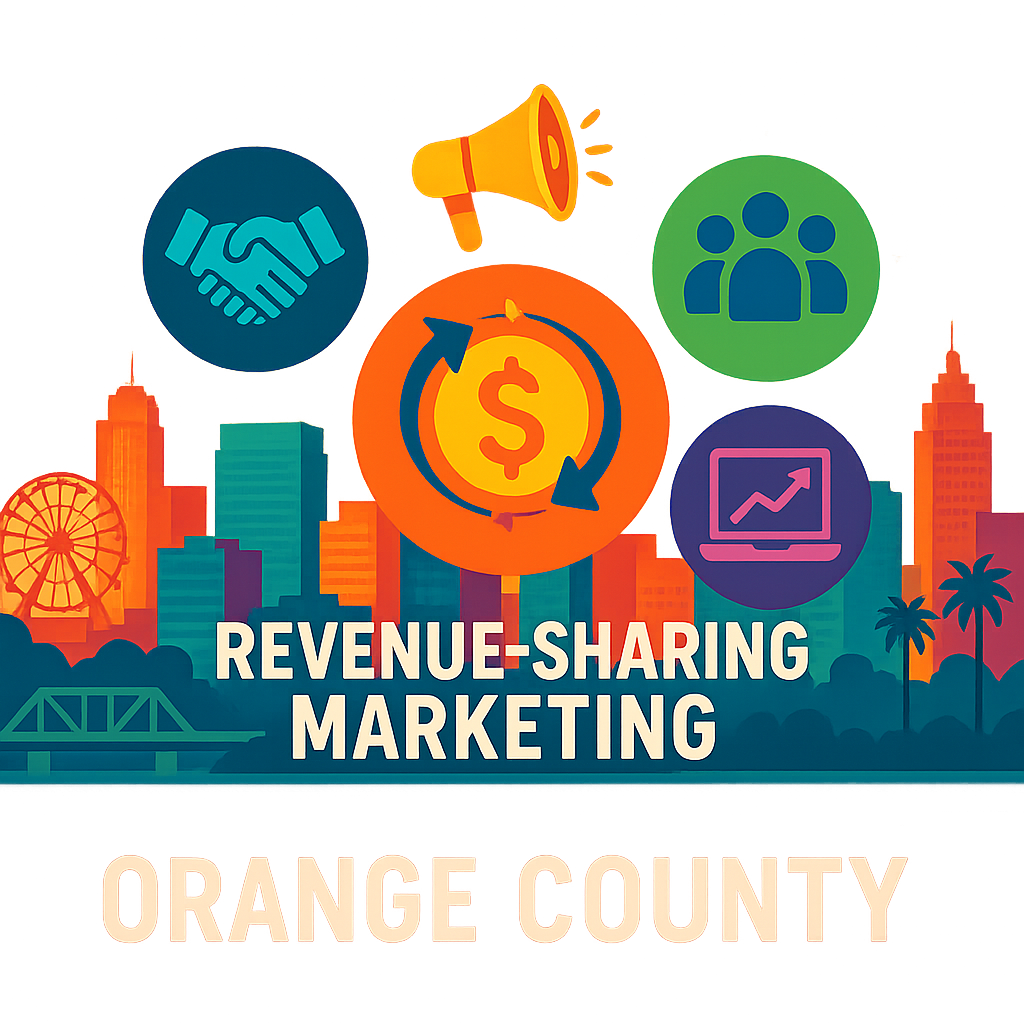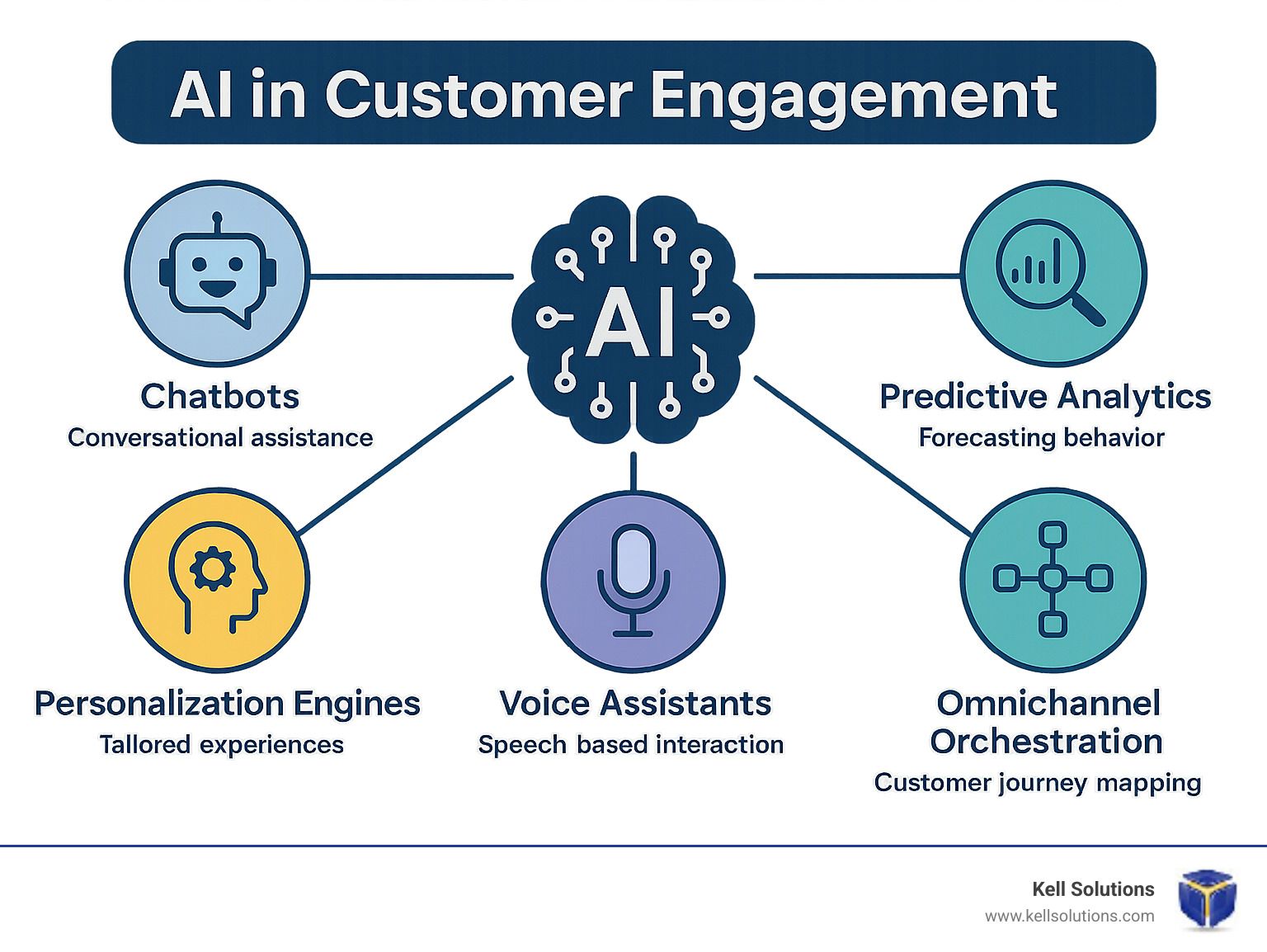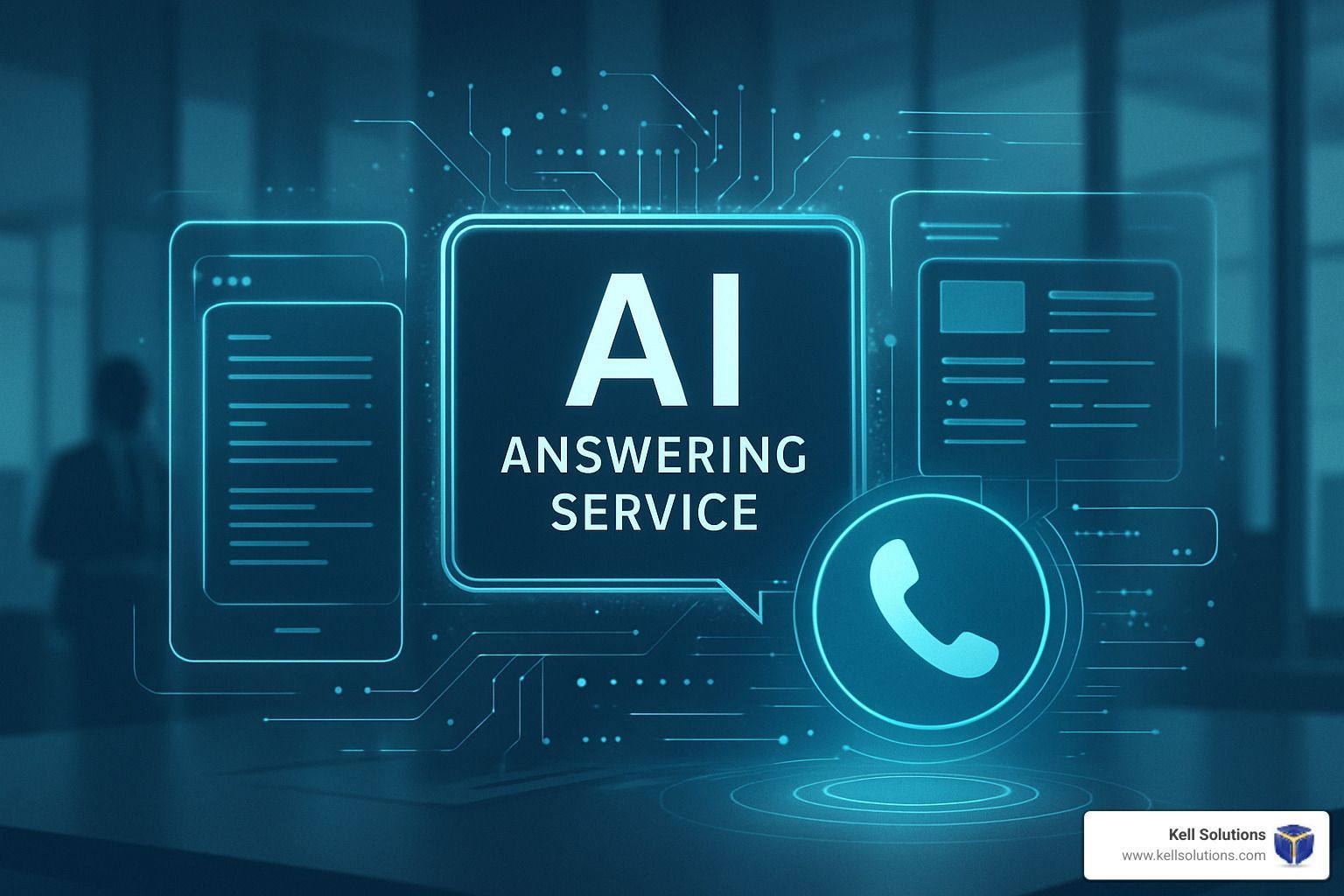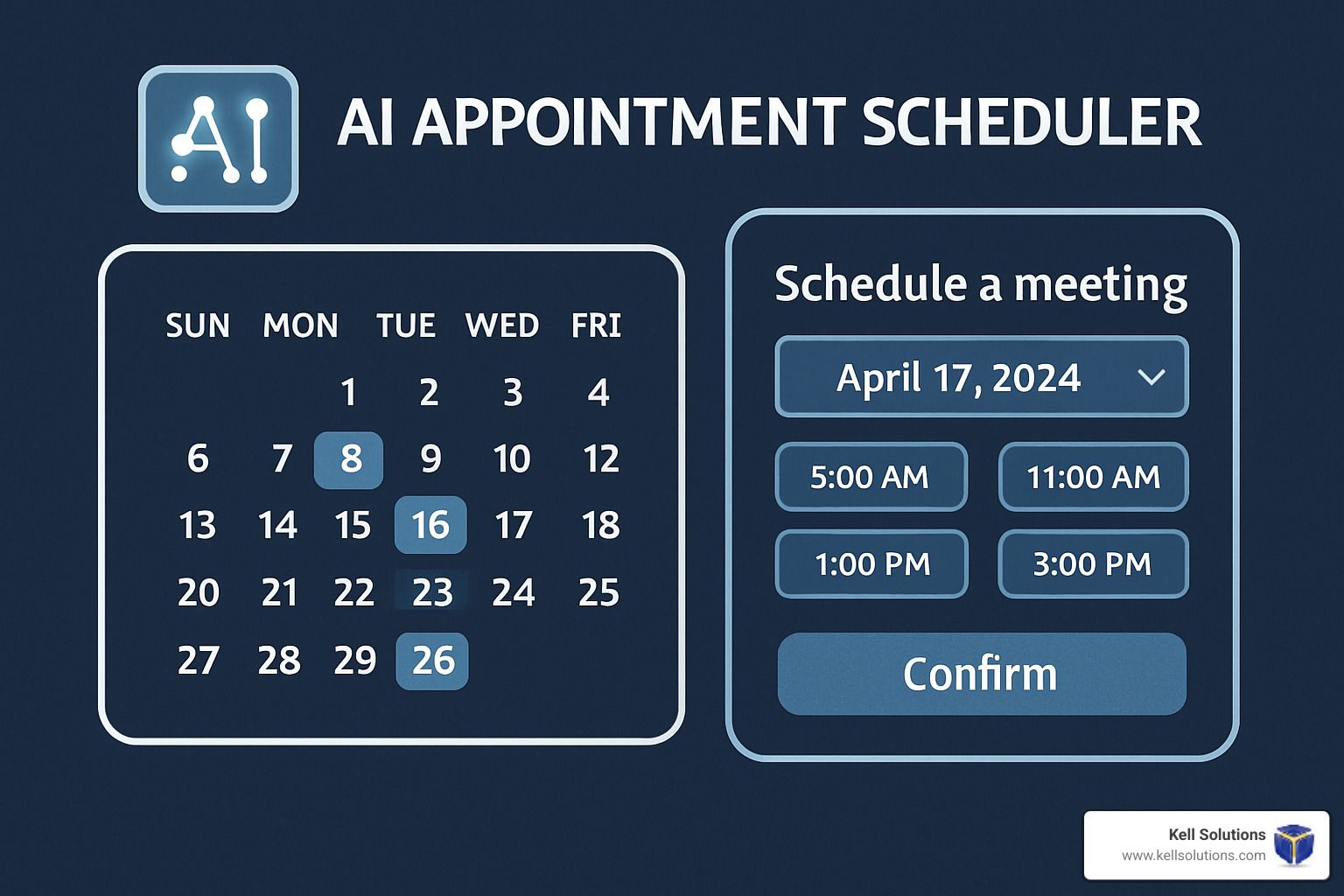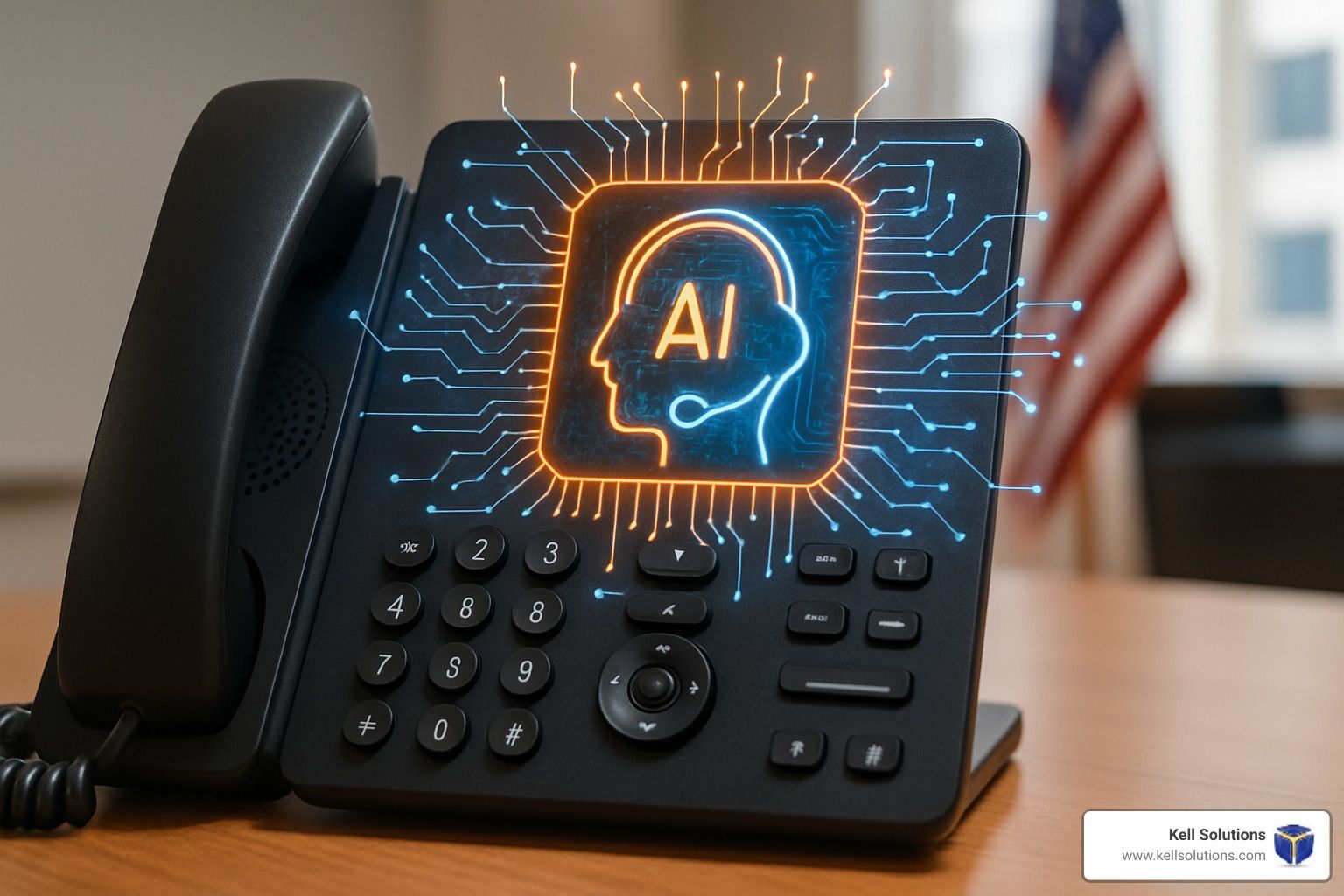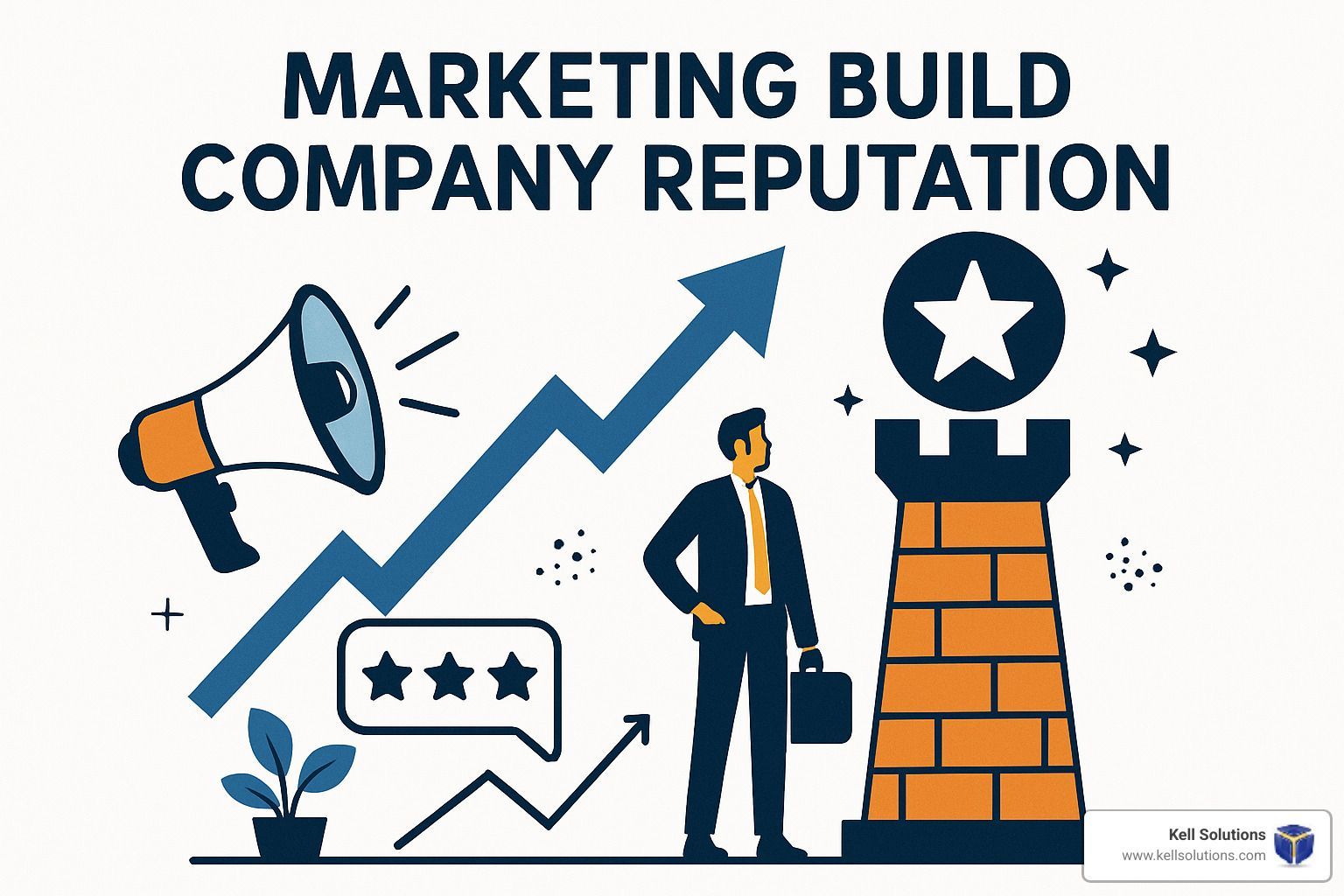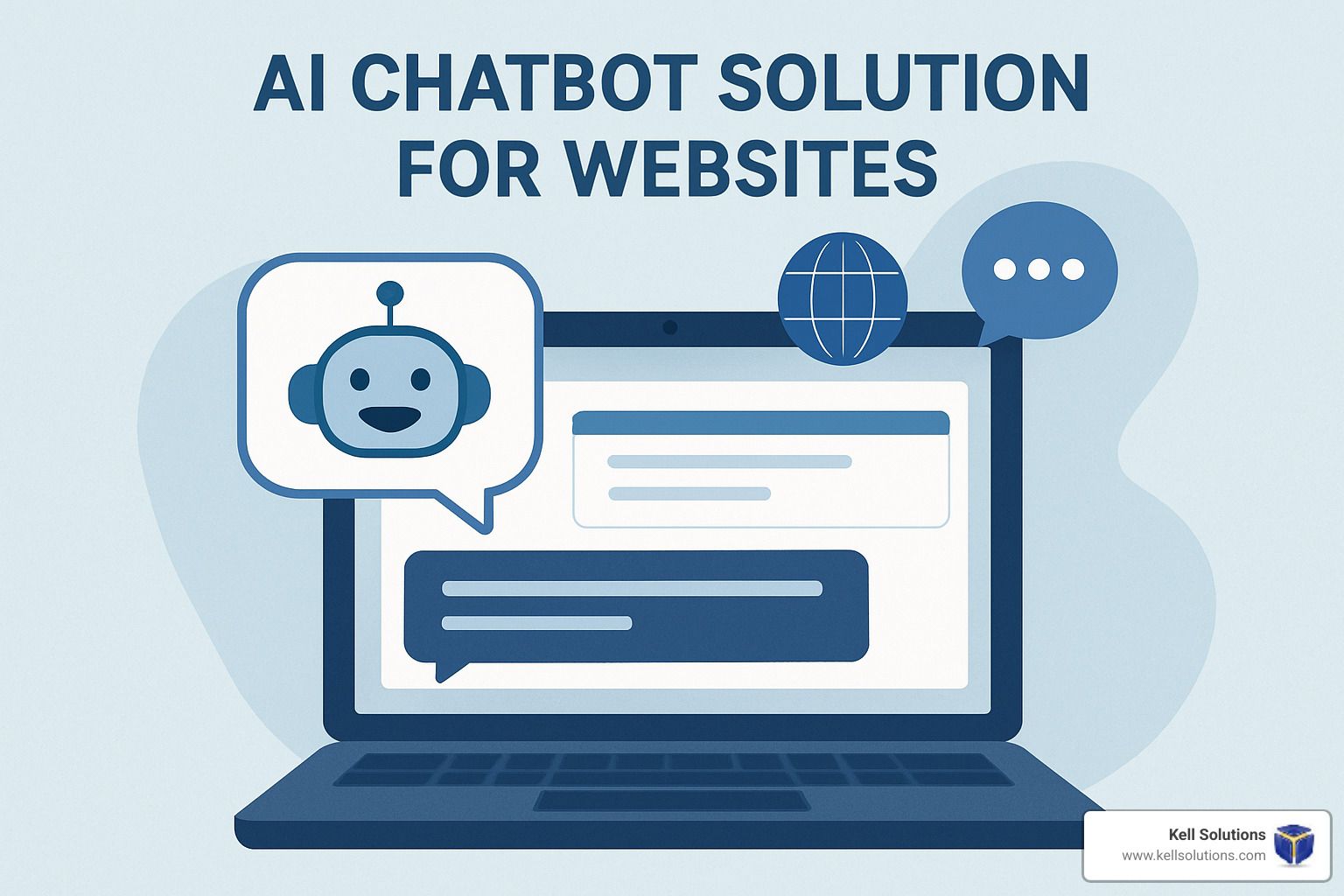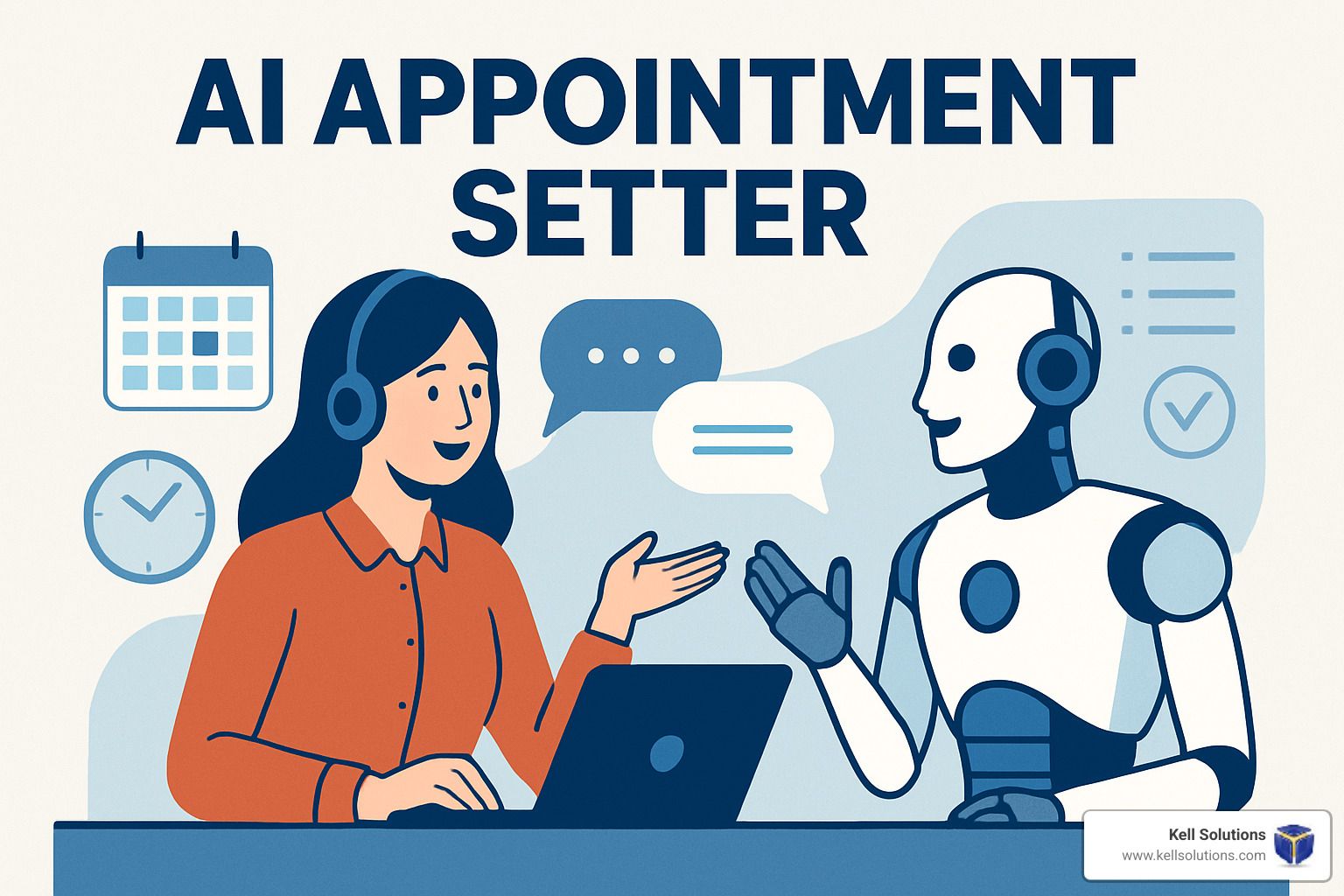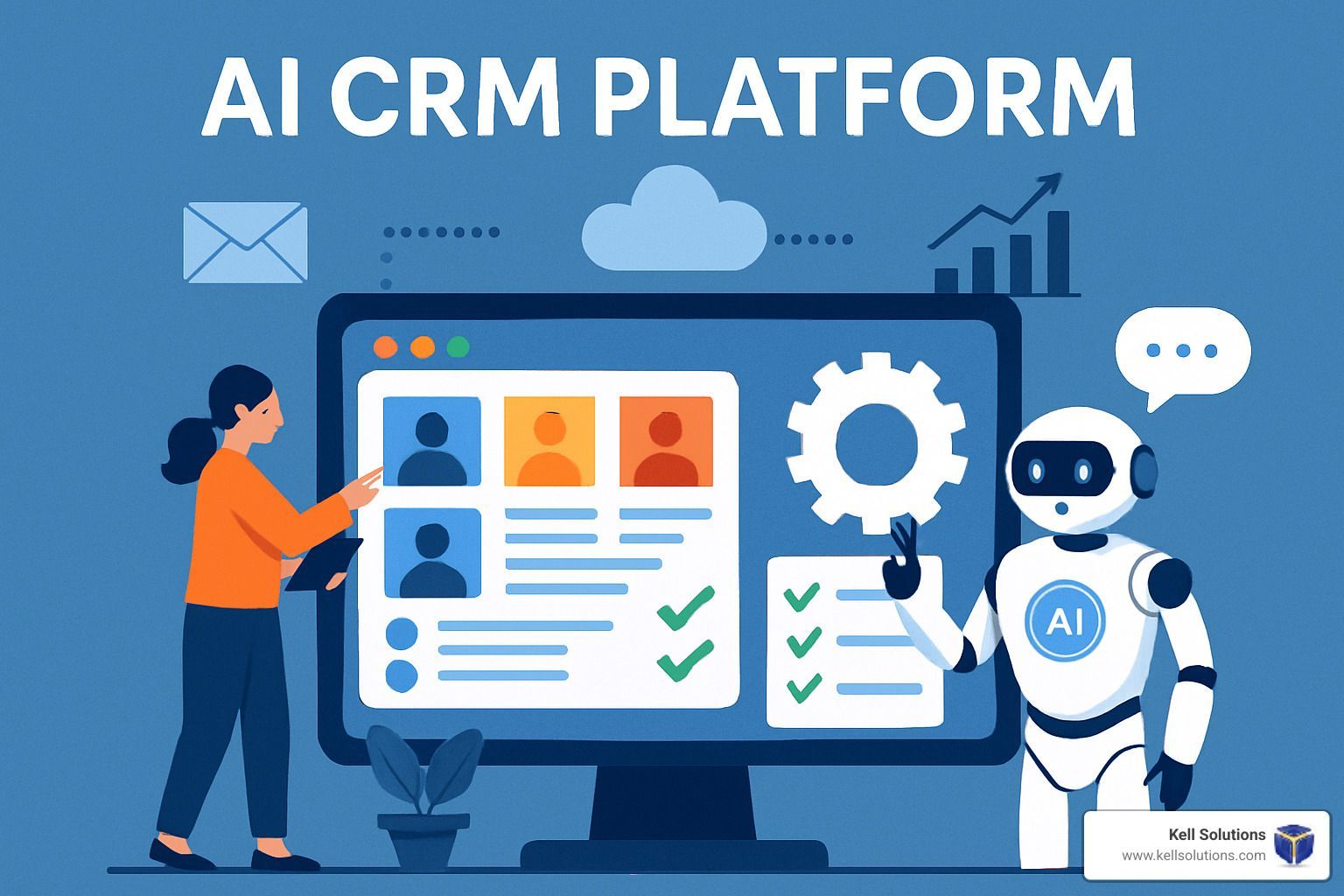AI Employee Engagement Strategies & Monitoring Techniques
Fostering a Productive Work Environment

Key Takeaways
- AI-powered engagement platforms deliver measurable ROI with 82% of enterprises reporting significant returns through reduced turnover and increased productivity.
- Modern AI systems analyze 142 behavioral signals across workplace interactions, with multi-modal AI engagement systems achieving 3.4x higher retention rates compared to traditional approaches.
- Real-time sentiment analysis can detect early signs of burnout and disengagement months before they become visible to managers, enabling proactive intervention.
- Ethical AI implementation requires transparency, employee opt-in processes, and clear boundaries between helpful monitoring and invasive surveillance.
- Organizations implementing comprehensive AI engagement frameworks report 63% higher eNPS scores and 4.2x faster leadership pipeline development while maintaining employee trust.
Employee engagement isn't just about happy workers—it's about organizational survival. In today's high-velocity business environment, disengagement costs the global economy an estimated $8.8 trillion annually in lost productivity.
Traditional engagement strategies relying on annual surveys and reactive interventions simply can't keep pace with modern workforce expectations. That's where artificial intelligence enters the picture, transforming how organizations understand, measure, and enhance employee experience at scale. WorkBright's AI-powered engagement platform helps companies detect disengagement signals early and implement personalized retention strategies before top talent begins looking elsewhere.
What makes AI engagement approaches different isn't just their technological sophistication—it's their ability to create continuous feedback loops that adapt to individual employee needs in real-time, rather than applying one-size-fits-all solutions that miss the mark. Let's explore how these revolutionary tools are reshaping workplace dynamics and delivering measurable business outcomes.
7 Revolutionary AI Employee Engagement Strategies That Actually Work
The most effective AI engagement strategies combine advanced technology with human-centered design principles. Rather than replacing human connection, these approaches amplify it by removing friction points and creating more meaningful interactions. The best systems operate behind the scenes, enhancing workplace relationships rather than intruding upon them.
Organizations implementing these strategies report not just improvements in traditional engagement metrics, but significant gains in innovation, customer satisfaction, and financial performance. The connection is clear: engaged employees drive better business outcomes across every measurable dimension.
What makes these particular strategies revolutionary is their ability to transform passive measurement into active improvement—shifting from documenting engagement problems to actually solving them through personalized interventions that adapt in real-time to changing employee needs.
While many solutions claim to leverage AI, truly effective platforms differentiate themselves through ethical implementation, explainable algorithms, and a focus on employee empowerment rather than surveillance.
- Predictive sentiment analysis that identifies emotional patterns before they impact performance
- Personalized career pathing using AI to match skills with organizational opportunities
- Intelligent meeting assistance ensuring psychological safety and equal participation
- Automated recognition systems that learn individual preferences for meaningful appreciation
- Wellness intervention algorithms that detect burnout signals weeks before human observation
- Adaptive learning recommendations that align development with both employee interests and organizational needs
- Transparent performance analytics providing continuous feedback without increasing evaluation anxiety
Why Traditional Engagement Programs Fall Short
Traditional engagement initiatives suffer from three critical limitations that AI-powered approaches effectively overcome. First, they rely on infrequent measurement—typically annual or quarterly surveys—creating data that's outdated before action can be taken. Second, they aggregate responses into averages and percentiles that obscure individual experiences and needs. Third, they separate measurement from intervention, creating insight-to-action gaps that allow problems to fester while solutions are being developed. The result is a reactive system that addresses yesterday's engagement challenges while tomorrow's issues go undetected.
The ROI of AI-Powered Engagement: 82% of Enterprises Report Measurable Returns
The business case for AI-powered engagement has moved beyond theoretical benefits to demonstrable financial returns. According to the University of Cambridge's 2025 Workforce Analytics Study, organizations implementing multi-modal AI engagement systems achieve 3.4x higher retention rates compared to those using traditional survey-based approaches. This translates directly to reduced recruitment costs, preserved institutional knowledge, and continuity in customer relationships.
Beyond retention, companies report significant productivity gains averaging 53% through improved alignment between employee capabilities and role requirements. Perhaps most compelling, organizations embracing comprehensive AI engagement frameworks demonstrate 4.8x ROI through reduced attrition costs and 92% improvements in employer brand metrics including Glassdoor ratings specific to diversity, equity and inclusion initiatives.
"The most sophisticated AI engagement systems don't just measure sentiment—they predict behavior and enable intervention before disengagement translates to departure. Our analysis of 14,000 exit interviews revealed that AI systems identified flight risk indicators an average of 87 days before managers recognized the same patterns." — Dr. Amara Nwankpa, Head of Organizational Psychology, University of Cambridge Workforce Analytics Institute
Personalized AI Communication Tools Transform Team Connections
At the heart of effective engagement lies communication—not just its frequency, but its quality and relevance. AI-powered communication tools are revolutionizing how teams connect by analyzing communication patterns, optimizing message timing, and even suggesting tone adjustments that improve receptivity. These intelligent systems learn individual preferences, helping managers tailor their approach to each team member rather than applying blanket communication strategies that inevitably miss the mark for some employees.
For global teams spanning multiple time zones and cultures, these tools become even more valuable by detecting potential miscommunications before they occur. By identifying cultural nuances and suggesting adjustments, AI systems help bridge gaps that traditionally led to misalignment and friction. They also democratize communication by ensuring quieter voices receive equal attention in digital discussions.
Real-Time Sentiment Analysis Detects Early Burnout Signs
Perhaps the most powerful application of AI in engagement is its ability to identify subtle changes in communication patterns, work habits, and digital body language that indicate potential burnout or disengagement. Unlike human observers who might notice changes only after they've become severe, AI systems can detect microscopic shifts in behavior weeks or even months earlier.
These systems analyze multiple data streams—from email response times and meeting participation to application usage patterns—creating early warning systems that allow for intervention before employees reach critical disengagement. The key advantage is timing: addressing burnout in its earliest stages requires minimal intervention, while tackling full-blown disengagement often proves too little, too late.
Modern AI systems accomplish this without invading privacy by focusing on pattern changes rather than content specifics. They identify when someone's digital behavior deviates from their personal baseline, not by reading private messages but by noticing shifts in response times, working hours, or collaboration patterns that might indicate increasing stress or decreasing engagement.
Smart Meeting Assistants That Ensure Everyone Gets Heard
Meetings remain central to workplace collaboration, but traditional formats often amplify existing power dynamics rather than democratizing participation. AI meeting assistants, affordable virtual receptionist, an AI Scheduling Assistant or an online virtual receptionist are changing this equation by monitoring participation rates, suggesting opportunities for quieter team members to contribute, and even analyzing speaking patterns to identify when certain voices consistently dominate discussions.
These tools provide managers with post-meeting insights about participation equity, decision clarity, and follow-through on commitments. By establishing objective measurements for meeting effectiveness, organizations can transform these often-dreaded time blocks into genuine engagement opportunities where every voice matters and clear outcomes emerge.
The most advanced systems even provide real-time nudges during meetings, suggesting when to pause for questions or prompting facilitators to engage specific participants who haven't yet contributed. This creates more inclusive discussion environments that naturally boost engagement by ensuring everyone feels their input is valued.
AI-Powered Recognition Systems That Scale Appreciation
Recognition remains one of the most powerful engagement drivers, yet most organizations struggle to make it consistent, timely, and meaningful at scale. AI recognition systems solve this challenge by identifying achievement patterns, suggesting recognition opportunities to managers, and even learning individual preferences for how recognition is delivered.
Unlike one-size-fits-all approaches, these systems understand that while some employees thrive on public acknowledgment, others prefer private appreciation. They learn which types of achievements matter most to each person and help managers deliver recognition that resonates personally. This personalization transforms generic "good job" messages into specific, meaningful appreciation that reinforces desired behaviors and strengthens connection.
Predictive Analytics: Stop Turnover Before It Starts
The most compelling application of AI in engagement is its predictive capability—identifying flight risk long before traditional indicators emerge. These systems analyze patterns across dozens of data points to create early warning systems that give leaders precious time to address underlying issues before they trigger departures.
Predictive models combine historical turnover patterns with real-time engagement signals to identify not just who might leave, but why they're considering it. This allows for targeted interventions that address root causes rather than symptoms. For many organizations, this capability alone justifies investment in AI engagement platforms, as retention of just a few key employees can deliver ROI that exceeds platform costs.
How AI Identifies Flight Risk 3-6 Months Earlier Than Managers
Traditional flight risk indicators—like suddenly updated LinkedIn profiles or increased time off—typically emerge when employees have already mentally committed to leaving. By then, retention efforts often come too late. AI systems detect much earlier signals by analyzing subtle pattern changes across communication, collaboration, and productivity data points.
These systems identify when employees begin disconnecting from long-term projects, reduce their participation in optional activities, or shift their communication patterns in ways that indicate decreasing investment. They can detect these changes 90-180 days before traditional red flags appear, providing a critical intervention window when retention efforts are most likely to succeed.
The 142 Behavioral Signals That Actually Matter
Modern AI engagement platforms analyze up to 142 behavioral signals across digital and physical workplace interactions. While not all signals apply to every organization, this comprehensive approach creates a much more nuanced understanding of engagement than traditional survey methods can provide.
These signals fall into several categories including collaboration patterns, communication dynamics, learning behaviors, productivity rhythms, and digital body language. By analyzing these signals collectively rather than in isolation, AI systems can distinguish between temporary fluctuations and meaningful trends that require attention.
What makes this approach powerful is its ability to establish personalized baselines for each employee rather than comparing everyone to a single standard. This recognizes that engagement manifests differently across personalities, roles, and work styles—what indicates disengagement for one person might be normal behavior for another.
Unilever's implementation of AI-powered engagement strategies provides a compelling case study in the transformative potential of these technologies. Facing increasing competition for talent in key markets, the consumer goods giant deployed a comprehensive AI engagement platform across its global workforce of 149,000 employees. The system integrated data from communication platforms, productivity tools, and periodic pulse surveys to create a continuous engagement monitoring framework.
Within the first year, Unilever identified engagement patterns that predicted voluntary departures with 78% accuracy—allowing HR business partners to initiate targeted retention conversations months before employees might have begun job searching. The result was a 34% reduction in voluntary turnover among high-performers and a 27% increase in internal mobility as AI-powered career pathing connected employees with relevant opportunities across the organization.
Most impressively, Unilever achieved these results while actually increasing employee trust scores by maintaining rigorous transparency about how data was collected, analyzed, and used. Their "engagement insights dashboard" gave employees full visibility into their own data, control over what was shared, and clear explanations of how algorithms generated recommendations.
Ethical Monitoring That Employees Actually Appreciate
The term "employee monitoring" typically evokes negative reactions, conjuring images of surveillance and micromanagement. Yet research shows employees actually welcome data collection when it's transparently implemented, focused on their development, and gives them control over their information. The difference between appreciated insights and resented surveillance lies not in what data is collected, but in how it's gathered, who controls it, and what purposes it serves.
Organizations implementing ethical AI monitoring report that employees become advocates for these systems when they experience the personal benefits—from more meaningful recognition to better-aligned development opportunities. The key is positioning these tools as employee enablement rather than evaluation mechanisms.
Output-Based vs. Activity-Based Monitoring: Which Works Better?
Activity-based monitoring tracks inputs: time spent in applications, keystrokes, mouse movements, or other process metrics. This approach, while providing granular data, often creates perverse incentives that drive performative work rather than genuine productivity. It also tends to damage trust, creating environments where employees focus on looking busy rather than delivering value.
Output-based monitoring, by contrast, measures what matters: results, impact, and outcomes. These systems track completion of objectives, quality of deliverables, and contribution to team goals. Research consistently shows output-based approaches drive both higher performance and higher engagement by focusing attention on meaningful work rather than surveillance-avoiding behaviors.
The most effective AI engagement platforms combine these approaches thoughtfully—using limited activity data not to evaluate employees but to identify obstacles and provide targeted support. They might notice an employee struggling with a particular application and offer just-in-time training, or detect unusual after-hours work patterns and suggest workload rebalancing to prevent burnout.
Transparent Data Collection: The Foundation of Trust
Transparency forms the cornerstone of ethical AI engagement implementation. Organizations succeeding in this space follow three core principles: they clearly communicate what data is collected, they explain precisely how it's used, and they demonstrate tangible employee benefits from these insights. When organizations fail to maintain this transparency, even well-intentioned monitoring quickly devolves into perceived surveillance.
Leading organizations publish comprehensive data dictionaries showing exactly what information their systems collect and analyze.
They provide simple explanations of how algorithms work without requiring technical expertise to understand them. And they regularly share examples of how these insights translate into tangible improvements to the employee experience.
Employee-Controlled Privacy Settings That Build Confidence
The most successful AI engagement implementations give employees meaningful control over their data through granular privacy settings. These systems allow individuals to opt in or out of specific data collection types, temporarily pause monitoring during sensitive periods, and maintain private zones where data isn't collected. This approach acknowledges that engagement data serves employees first and organizations second.
When employees control their information, they're significantly more likely to opt into comprehensive monitoring—creating more complete datasets that benefit both individuals and organizations. The most sophisticated platforms even allow employees to experiment with different privacy settings and see how various sharing levels affect the personalization of their experience.
Organizations implementing employee-controlled frameworks report 86% higher opt-in rates compared to mandatory monitoring systems, while also seeing stronger positive correlations between monitoring and engagement scores. The lesson is clear: when employees control their data, they're more likely to share it and benefit from the resulting insights.
Implementing AI Engagement Without Creating Big Brother
Successful AI engagement implementation requires careful planning to create systems that feel supportive rather than surveillant. The difference often lies in subtle design choices that emphasize employee benefit over organizational control. These include thoughtful communication, phased rollouts that build trust incrementally, and governance frameworks that prevent mission creep toward more invasive monitoring.
Organizations that get this right create virtuous cycles where positive employee experiences drive higher opt-in rates, generating more comprehensive data that further improves personalization. Those that fail often find themselves trapped in downward spirals of employee resistance, incomplete data, and diminishing returns.
The 3-Phase Implementation Framework
Most successful AI engagement implementations follow a similar three-phase approach that prioritizes building trust before scaling capabilities. This measured rollout gives employees time to experience benefits, provide feedback, and become advocates rather than resistors.
- Phase 1: Foundation (1-2 months) - Implement basic engagement monitoring with complete transparency, strong privacy controls, and clear employee benefits. Focus on non-controversial applications like better meeting experiences or personalized learning recommendations.
- Phase 2: Expansion (2-3 months) - Introduce more sophisticated analytics once trust is established. Begin connecting engagement data to business outcomes while maintaining strict privacy guardrails. Develop predictive capabilities that provide direct value to employees through personalized guidance.
- Phase 3: Full Integration (4-6 months) - Activate comprehensive engagement ecosystems with real-time dashboards, manager training on ethical data use, and automated well-being intervention protocols. Implement continuous improvement cycles based on both algorithmic learning and employee feedback.
Getting Executive Buy-In For Ethical AI
Securing leadership support for ethical AI engagement requires framing these initiatives in business terms while emphasizing risk mitigation. The most compelling business cases combine hard ROI metrics like retention improvements and productivity gains with softer benefits including employer brand enhancement and reduced compliance risks. Successful proposals also address executive concerns about implementation complexity and potential employee pushback.
The most effective approach frames ethical AI as a competitive advantage rather than a constraint—showing how thoughtful implementation drives higher data quality, better insights, and stronger employee advocacy compared to more invasive alternatives. This positioning helps executives see privacy protections and transparency as enablers of success rather than limitations.
Training Managers To Use AI Insights Responsibly
Even the most ethically designed AI engagement systems can be misused by managers who lack proper training. Successful implementations include comprehensive education programs that help leaders understand both the capabilities and limitations of AI insights. These programs cover interpretation of engagement data, appropriate intervention strategies, and ethical boundaries around how information should be used.
The most effective training approaches combine technical knowledge with ethical frameworks, helping managers understand not just what the data shows but how to use it in ways that build rather than damage trust. They also establish clear escalation paths for potential misuse and regular refresher training as systems evolve.
Creating Clear Boundaries Between Helpful and Harmful Monitoring
Successful AI engagement programs establish and maintain bright lines between beneficial monitoring and invasive surveillance. These boundaries typically include prohibitions against individual productivity comparisons, recording of private communications, sentiment analysis of personal messages, and automated consequential decisions without human review.
Organizations that maintain these boundaries effectively often establish independent ethics committees with employee representation to review potential new applications. They also conduct regular audits to ensure systems haven't drifted beyond their intended use cases and provide clear channels for employees to report concerns without fear of retaliation. The integration of artificial intelligence into employee engagement strategies has evolved beyond set parameters, demanding careful oversight.
Measuring The True Impact of AI Engagement Tools
While implementation is critical, the ultimate measure of success for AI engagement initiatives is their impact on both employee experience and business outcomes. Comprehensive measurement frameworks track changes across multiple dimensions, from traditional engagement metrics to operational performance indicators and financial results. This multi-faceted approach helps organizations understand not just whether engagement is improving, but how those improvements translate to business value.
The most sophisticated measurement systems establish clear causal relationships rather than mere correlations, using control groups and rigorous testing methodologies to isolate the specific impact of AI-powered initiatives. This scientific approach helps organizations continually refine their engagement strategies based on proven results rather than assumptions.
Beyond Productivity: Holistic Engagement Metrics That Matter
Truly effective measurement looks beyond simple productivity indicators to capture the full spectrum of engagement dimensions. These include psychological elements like belonging and purpose, behavioral factors like discretionary effort and innovation, and relational aspects like team cohesion and organizational citizenship. By measuring this comprehensive set of factors, organizations develop more nuanced understanding of engagement dynamics and their business implications.
Leading organizations use AI to create personalized engagement profiles that recognize different engagement styles across roles, generations, and personality types. This approach acknowledges that engagement looks different for different people—an insight that traditional one-size-fits-all metrics often miss. When measurement systems recognize these variations, they create more accurate pictures of organizational health and more effective intervention strategies. The integration of artificial intelligence into employee engagement strategies has evolved beyond segmentation to create these personalized profiles.
Tying Engagement to Business Outcomes
The most compelling business cases for AI engagement initiatives demonstrate clear connections to outcomes that executives already prioritize. These typically include reduced turnover costs, improved customer satisfaction metrics, higher innovation rates, and ultimately, enhanced financial performance. By establishing these connections, engagement leaders transform their work from a nice-to-have HR function to a strategic business imperative.
Organizations achieving this alignment typically create integrated analytics frameworks that connect engagement data with operational and financial metrics. These systems might show, for example, how engagement scores across retail locations correlate with customer satisfaction and sales performance, or how engineering team engagement impacts product quality and development velocity. These concrete connections help secure ongoing investment in engagement initiatives by demonstrating tangible returns.
The Future Belongs to Companies That Balance Technology and Trust
As AI engagement capabilities continue advancing, the organizations that thrive won't be those with the most sophisticated algorithms, but those that most skillfully balance technological possibilities with human needs. The future belongs to companies that view AI not as a replacement for human judgment but as an amplifier of human empathy—using technology to create more personal, meaningful connections rather than more efficient monitoring. Bravely's AI-powered coaching platform exemplifies this approach, using advanced analytics to enhance human connection rather than replace it, creating engagement strategies that feel supportive rather than surveillant.
Frequently Asked Questions
As organizations navigate the complex landscape of AI-powered engagement, several common questions emerge around implementation, effectiveness, and ethical considerations. The following answers address these frequently asked questions based on research and practical experience across industries.
How much does implementing AI engagement tools typically cost?
Implementation costs vary widely based on organizational size, selected capabilities, and integration complexity. Entry-level solutions start around $8-12 per employee monthly for basic sentiment analysis and pulse survey tools, while comprehensive platforms with predictive analytics, manager dashboards, and personalized intervention capabilities typically range from $15-30 per employee monthly. Organizations should also budget for implementation services (typically 1.5-2x the annual software cost), change management, and ongoing administration. Most organizations achieve positive ROI within 8-14 months through reduced turnover costs, higher productivity, and improved customer satisfaction metrics.
Can AI engagement strategies work for small businesses with limited resources?
Absolutely. While enterprise solutions capture headlines, numerous AI engagement platforms now offer scaled versions specifically designed for smaller organizations. These solutions typically provide core functionality like pulse surveys, sentiment analysis, and basic predictive capabilities at price points accessible to smaller businesses. Many vendors offer tiered pricing models that allow organizations to start with fundamental capabilities and add more sophisticated features as they grow. Small businesses often see faster implementation and quicker results due to their organizational agility and shorter decision paths. The integration of artificial intelligence into employee engagement strategies has evolved beyond serving only large enterprises, making it accessible for businesses of all sizes.
What are the biggest privacy concerns with AI monitoring, and how can they be addressed?
The primary privacy concerns include excessive data collection beyond legitimate business needs, lack of transparency about how data is used, insufficient employee control over personal information, and potential mission creep toward increasingly invasive monitoring. Organizations can address these concerns through clear data minimization policies (collecting only what's necessary), comprehensive transparency about what's measured and why, meaningful employee opt-in choices with granular privacy controls, and governance frameworks that prevent expanded monitoring without explicit review and approval.
Successful implementations also include regular privacy audits, employee representation on data governance committees, and clear boundaries between work and personal digital spaces. The most trusted systems provide employees with complete visibility into their own data and simple mechanisms to correct inaccuracies or request deletion when appropriate.
How long does it typically take to see results from AI-powered engagement initiatives?
Organizations typically see results in three waves. Initial improvements in engagement measurement quality and insight generation emerge within the first 30-60 days as systems establish baselines and begin identifying patterns. Meaningful improvements in leading indicators like participation rates, sentiment scores, and collaboration metrics typically appear within 90-120 days as the first intervention cycles complete. Lagging indicators including retention improvements, productivity gains, and customer satisfaction increases generally emerge within 180-240 days as organizational behavior shifts take root.
The pace of improvement correlates strongly with implementation quality, particularly around change management and manager enablement. Organizations that invest heavily in these areas typically see results 30-40% faster than those focusing exclusively on technical implementation.
What types of employee data should never be collected, even with consent?
Certain categories of data collection cross ethical boundaries regardless of consent and should be avoided entirely. These include monitoring of private communications like personal messaging or non-work email, tracking of off-duty activities or personal device usage, collection of biometric data without clear job-related necessity, sentiment analysis of private communications, continuous video or audio surveillance of workspaces, and monitoring of legally protected activities like union organizing discussions.
Organizations should also avoid creating systems that enable individual productivity comparisons across roles or teams, as these metrics are easily misused and frequently drive counterproductive behaviors that prioritize measurable activity over meaningful impact. The most ethical implementations focus on patterns that help employees improve rather than metrics that facilitate ranking or comparison.
When designing AI engagement systems, the guiding principle should be employee benefit—collecting only information that enables better experiences, more personalized development, or more meaningful recognition. Any data collection that primarily serves organizational control rather than employee growth should be reconsidered, regardless of its technical feasibility.
Implementing AI-powered engagement strategies represents one of the most significant opportunities for organizations to transform their employee experience while driving measurable business results. By approaching these technologies with an ethical framework centered on transparency, employee control, and mutual benefit, organizations can create virtuous cycles where technology enhances rather than replaces human connection.


Orange County HVAC Google AI Overview Domination: 7 Proven Strategies to Capture Featured AI Results





